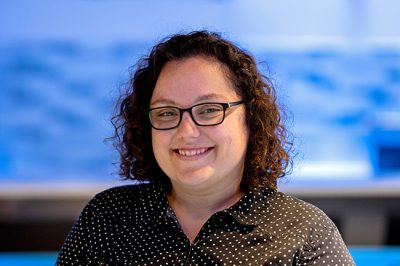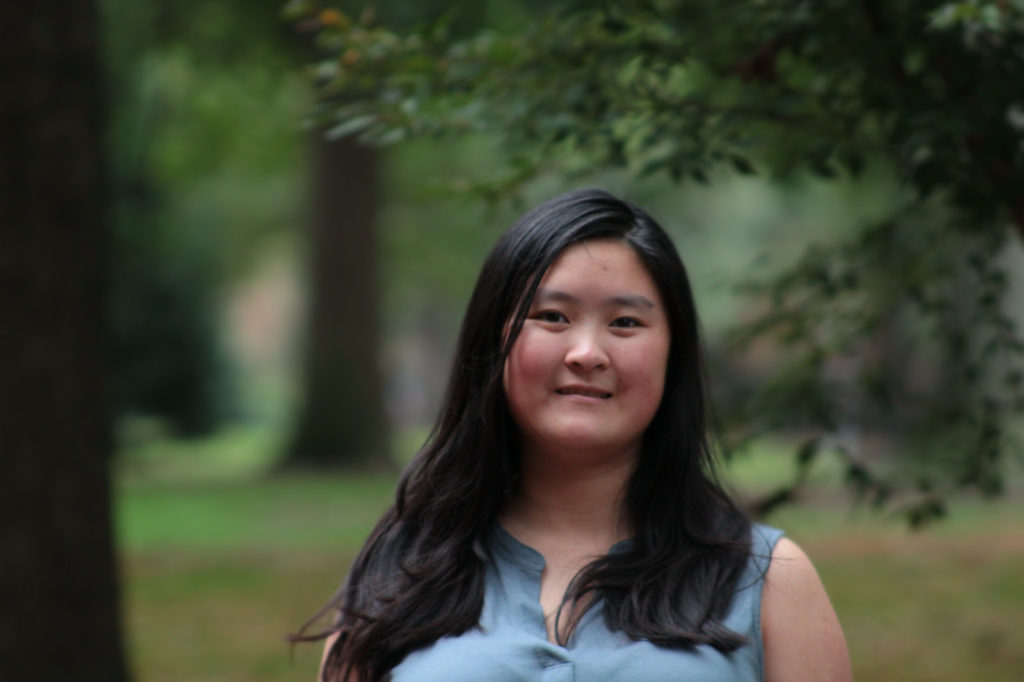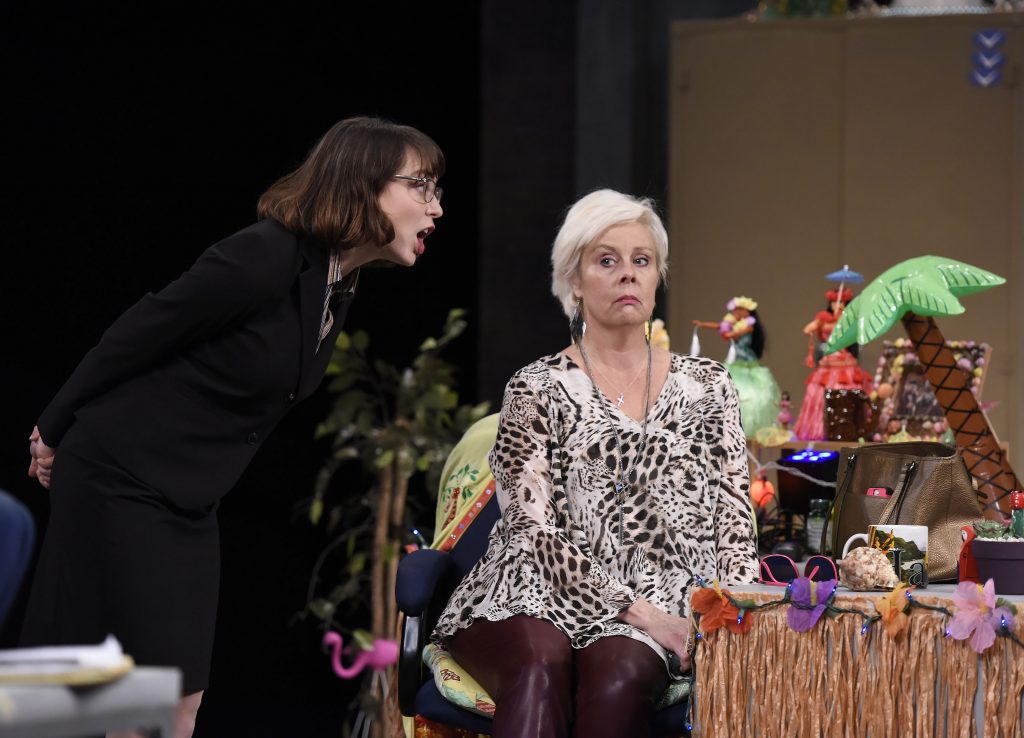
BeAM@Carolina is a network of makerspaces created by the applied physical sciences department in the College of Arts & Sciences in fall 2016. The 3,500-square-foot BeAM space in Murray Hall is the hub of the network that also includes Kenan Science Library, the Hanes Art Center and Carmichael Residence Hall.
Students, faculty and staff can participate in open studios, training sessions, workshops, hosted classes and group activities. All materials are free. The use of the equipment is free.
The only two things needed are an active imagination and a UNC One Card.
“This particular model is focused on giving access to the most people possible,” Glochick said.
Glochick himself caught the making bug, using a laser cutter and Adobe Illustrator software to make plywood Star Wars fighters. His growing fleet hangs in the BeAM entrance, so it’s the first thing visitors see.
BeAM me in

For a long time, students were directed on one of two paths: vocational/trade schools or college. But makerspaces springing up on campuses around the country encourage students to use hands and head, said BeAM director Kenneth Langley.
Some date the beginning of the makerspace movement to the 2005 launch of “Make” magazine, while others argue there is nothing new about the movement at all. What makes it seem new, Langley said, is that the value of making things is being rediscovered within academia and beyond.
“A key piece of this is design thinking and a growth mindset,” Langley said. “As makers, students must be willing to iterate and develop an understanding of how failure is part of the learning process and is an acceptable path forward.”
While the primary focus of the makerspace is on students, the tools and materials there are also available for faculty and staff to learn new skills and explore creativity.
“In the 21st century, you are not going to be able to get a job and do the same thing for 30 years and retire,” Langley said. “You are going to need to become a lifelong learner who can adopt new skills into your everyday life and incorporate them into your professional trajectory. These are essential skills.”
Teaching the teachers

A growing number of faculty members are becoming makers to rethink and expand the way they teach.
BeAM program coordinator Anna Engelke oversees the Makerspace Course Development Faculty Learning Community, which offers $5,000 stipends to faculty members each year to integrate maker projects into their courses in novel ways.
The program, which is tied to the aims of the 2017 Quality Enhancement Plan, is specifically focused on the undergraduate curriculum across all disciplines, forging natural connections between the arts and humanities and the sciences, Engelke said.
“In the program, faculty members actually make the prototypes of the things their students will be asked to make, which helps them to connect with what their students will later experience,” Engelke said.
Examples include Ancient Magic and Religion, a classics course taught by Suzanne Lye, in which students create replicas of ancient objects to develop a deeper appreciation of ancient religious and magical practices.
In Writing for the Puppet Stage, taught by English professor Marianne Gingher, students make hand puppets and masks to better understand puppet entertainment as both art and craft.
Becoming a maker
Josh Leonard, assistant director of employment programs in the Office of Scholarships and Student Aid, said he rediscovered his passion for making things when he arranged for students to do work-study in BeAM.
“You can go from a hobbyist to a craftsman just by working on your technical knowledge and getting to use these amazing high-end pieces of equipment that I could never dream of owning myself,” Leonard said.
Leonard has made a jewelry tree for his wife and a wooden calendar that uses a series of spinning concentric rings to show the correct date. He is currently building board games.
Leonard and the other makers described above have been caught up in what Rich Superfine, chair of the applied physical sciences department, calls a “revolution injecting the excitement of making things into campus life.” And all this revolution requires is imagination and a One Card.
By Gary Moss, University Gazette.




